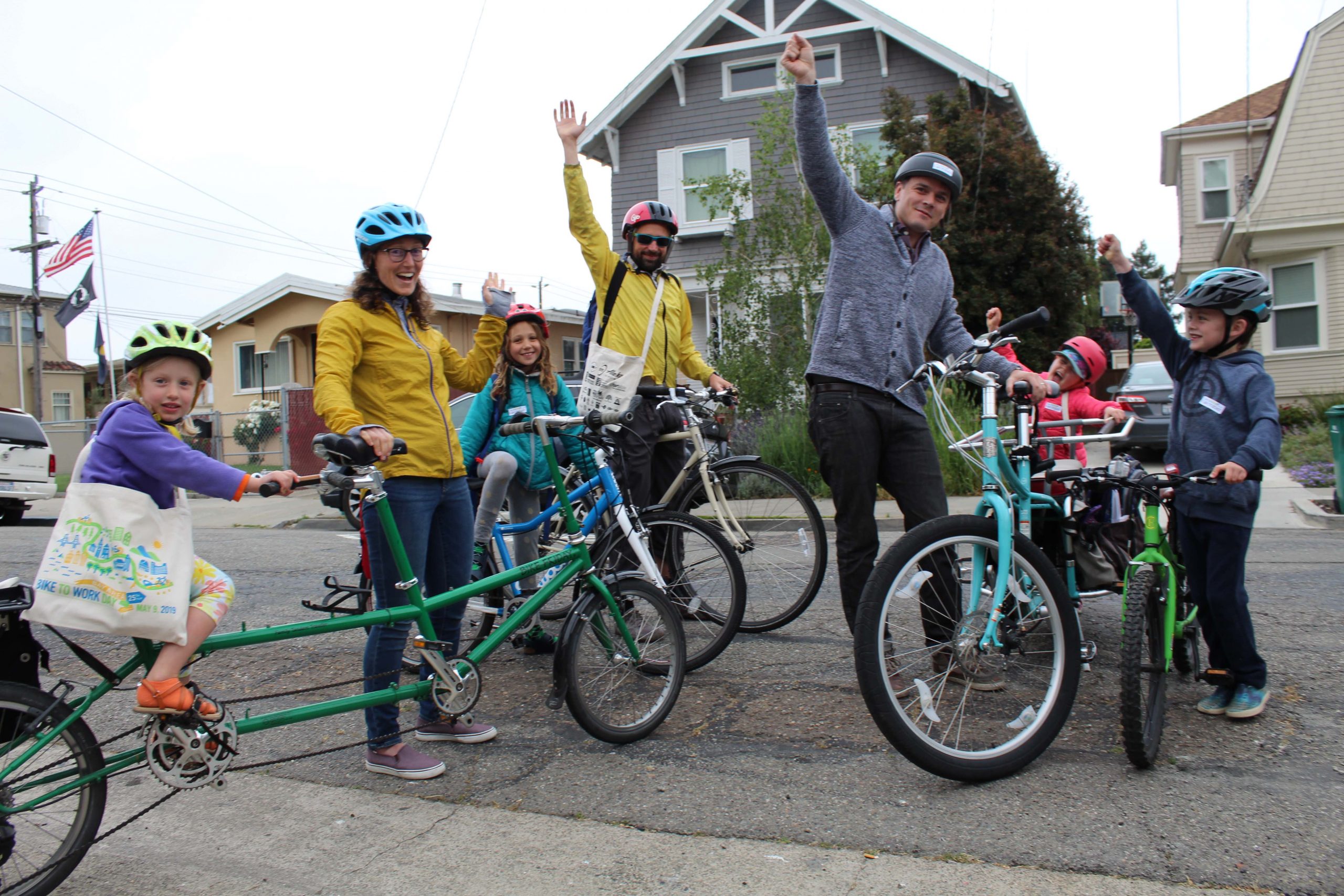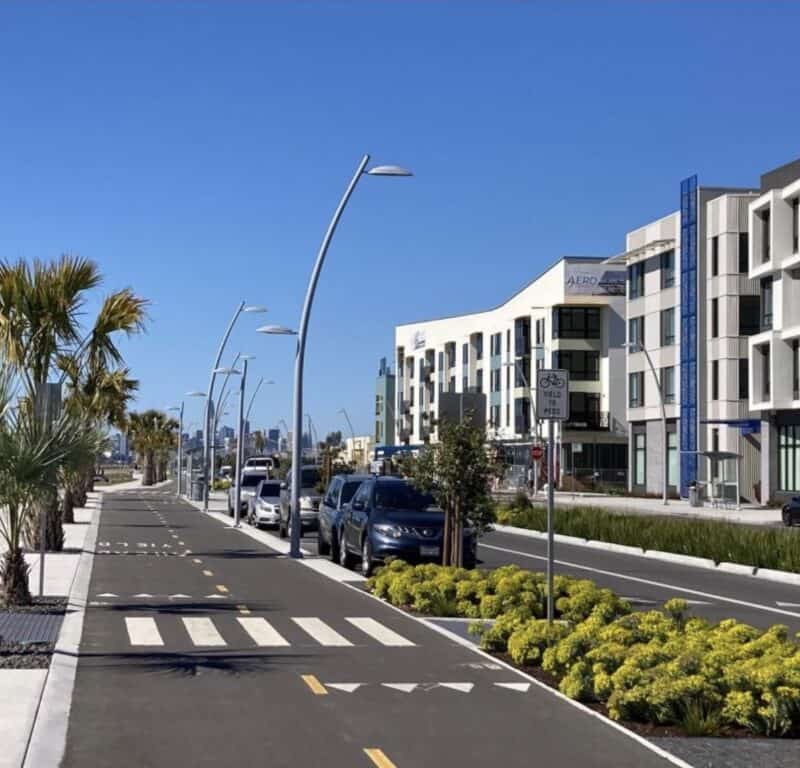

When the City won the silver level for a Bicycle Friendly Community from the League of American Bicyclists last year, she continued, the report card recommended the City become specific and data-driven in its Active Transportation Plan. She noted that each goal has a performance measure but no actual numbers or target dates. said that an area for improvement is the performance measures section. The Plan proposes that infrastructure improvements and programs be accomplished by 2030. One goal of the Plan is to increase the percentage of bicycle and pedestrian trips, particularly for trips of less than 3 miles. Walking and bicycling comprise only 5 percent of all trips. The Plan reports that more than 60 percent of trips in Alameda are taken by automobile, despite more than 60 percent being three miles or less in length. Some streets currently designated as Slow Streets, including Pacific, San Jose, and Versailles avenues, would transition into Neighborhood Greenways under the Plan.Įxamples of programs to encourage active transportation include installing additional bike parking, developing signage and educational materials about securely locking bikes, distributing educational materials on the benefits of electric and cargo bikes and providing rebates for electric bikes, and developing a citywide wayfinding signage program. Treatments may include traffic calming such as speed cushions, traffic reduction treatments such as partial diverters or turn restrictions, pavement markings such as sharrows, and signs to designate the route. In Neighborhood Greenways, bicyclists will share travel lanes with vehicular traffic on low-volume, low-speed streets.

Neighborhood Greenways, an example of a low-stress bicycling facility, will be integral to building the network. The network will help people of all ages comfortably walk, bike, or roll to their destinations, including schools, parks, transit, bridges, shops, and jobs. This network is a set of low-stress bicycling facilities that, together with existing and planned shared-use paths and separated bike lanes, will provide the “backbone” of a complete, connected bicycle network. The Plan proposes constructing a Low-Stress Backbone Network. Active transportation refers to all active modes of transportation, including walking and bicycling, as well as using wheelchairs and mobility scooters, push and electric scooters, electric bikes, skateboards, and new and evolving shared mobility options, such as bike-share.


To achieve its goals, the Plan proposes 30 infrastructure improvements and 31 programs to support and encourage a culture of active transportation. Plan elements Separated bike lanes give cyclists a safe and relaxed journey. The proposed 2030 Low Stress Backbone Network, from City of Alameda Active Transportation Plan Draft. Its goals are to reduce roadway fatalities and injuries, foster a transportation shift, reduce auto congestion and greenhouse gases, and enhance public health and quality of life. The Plan describes the work needed over the next eight years to make Alameda a city where people of all ages and abilities feel comfortable walking, biking, or rolling as a preferred mode of transportation. The City of Alameda Planning Board held a workshop on October 10 to receive public comment on the Draft Alameda Active Transportation Plan.


 0 kommentar(er)
0 kommentar(er)
